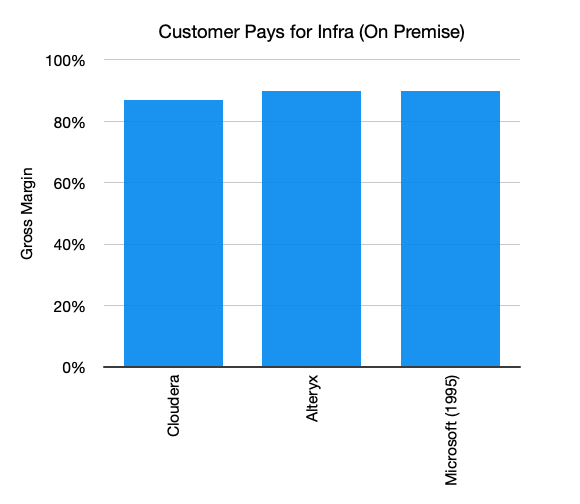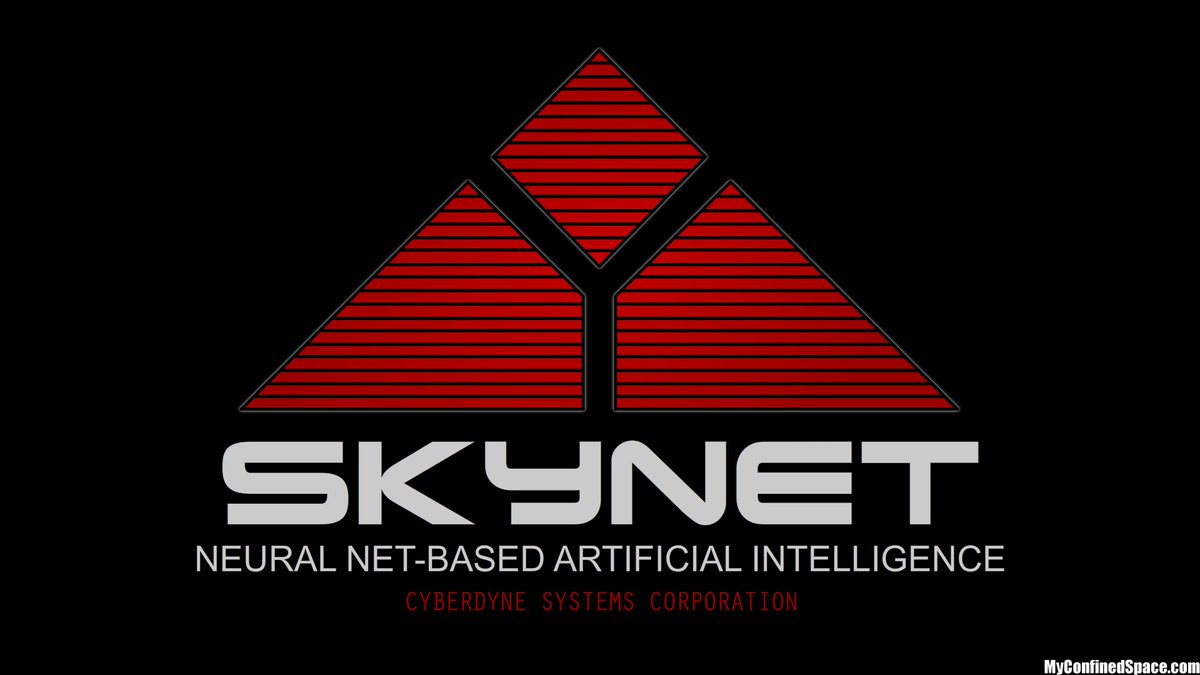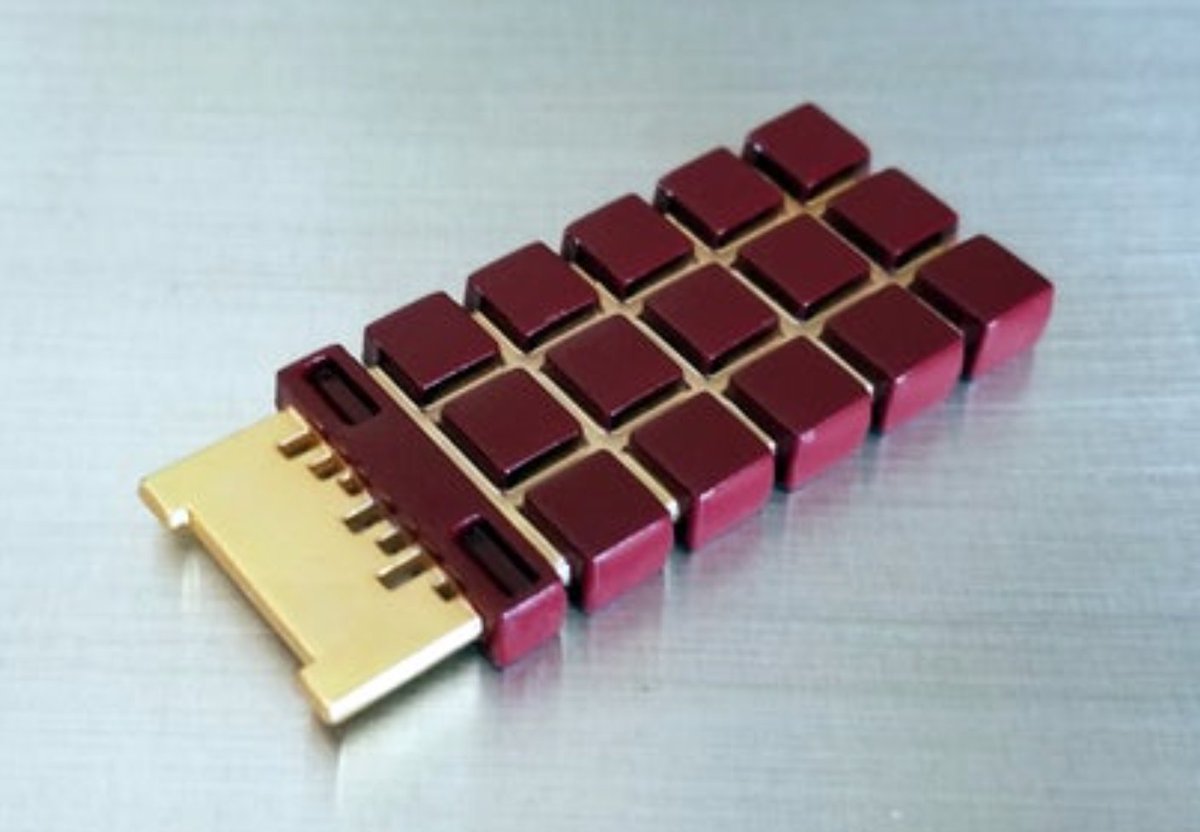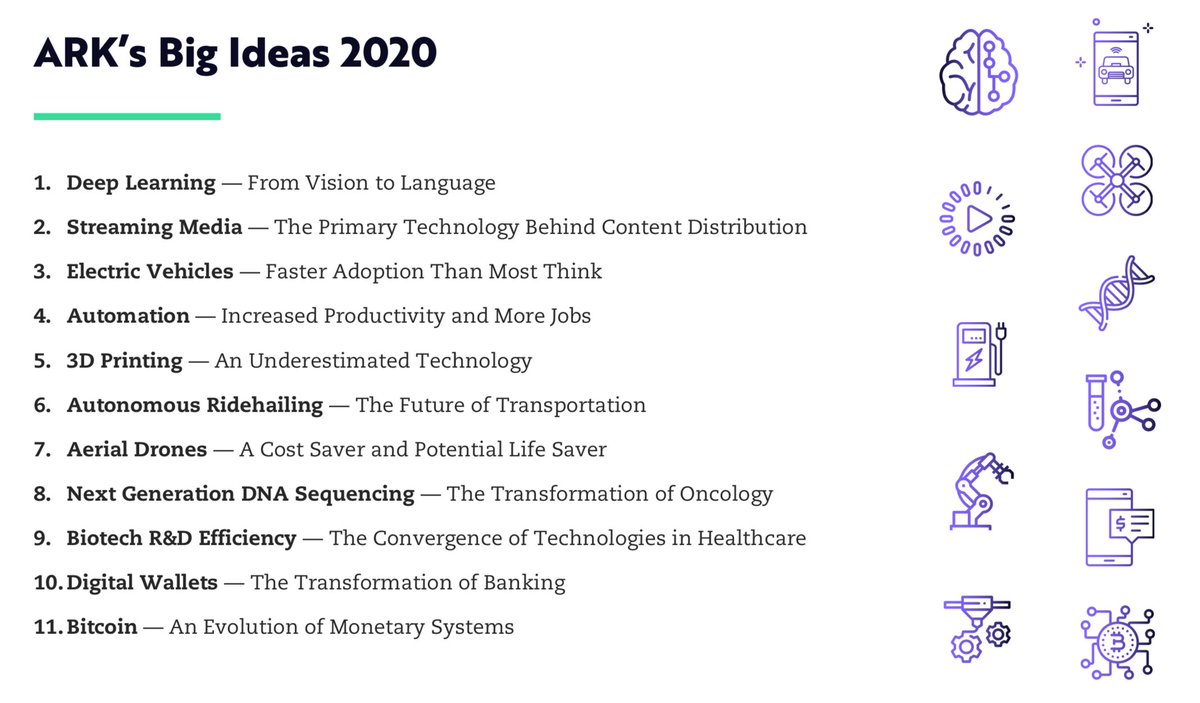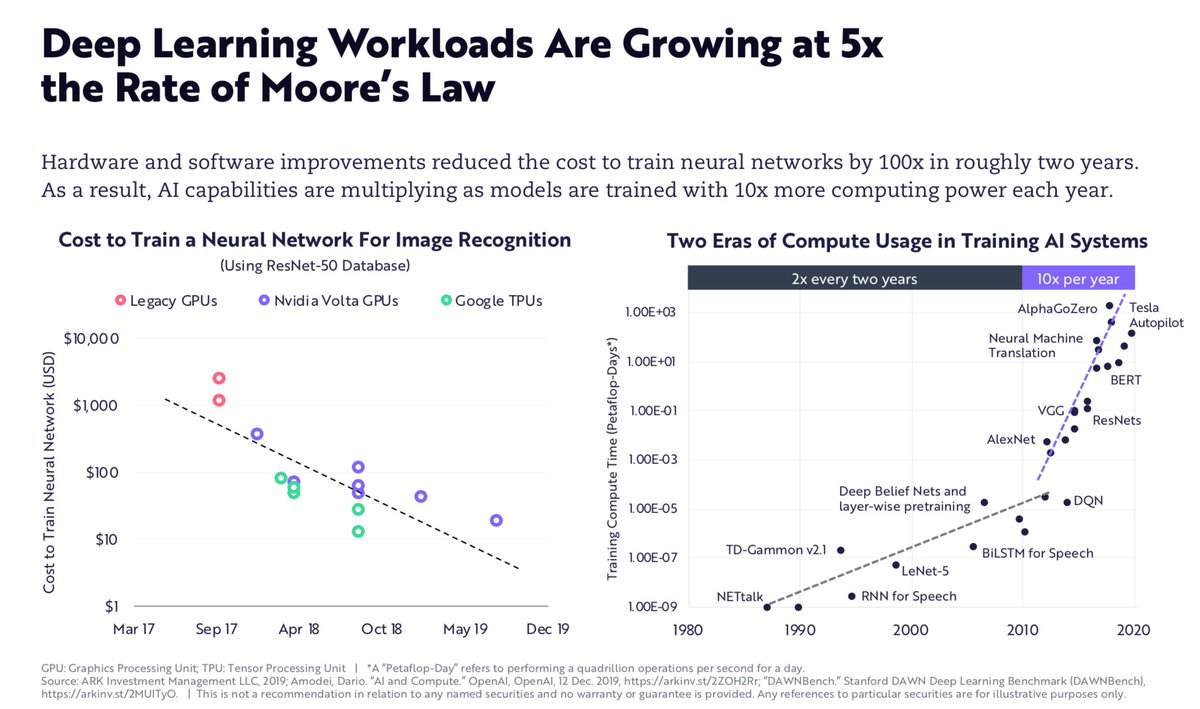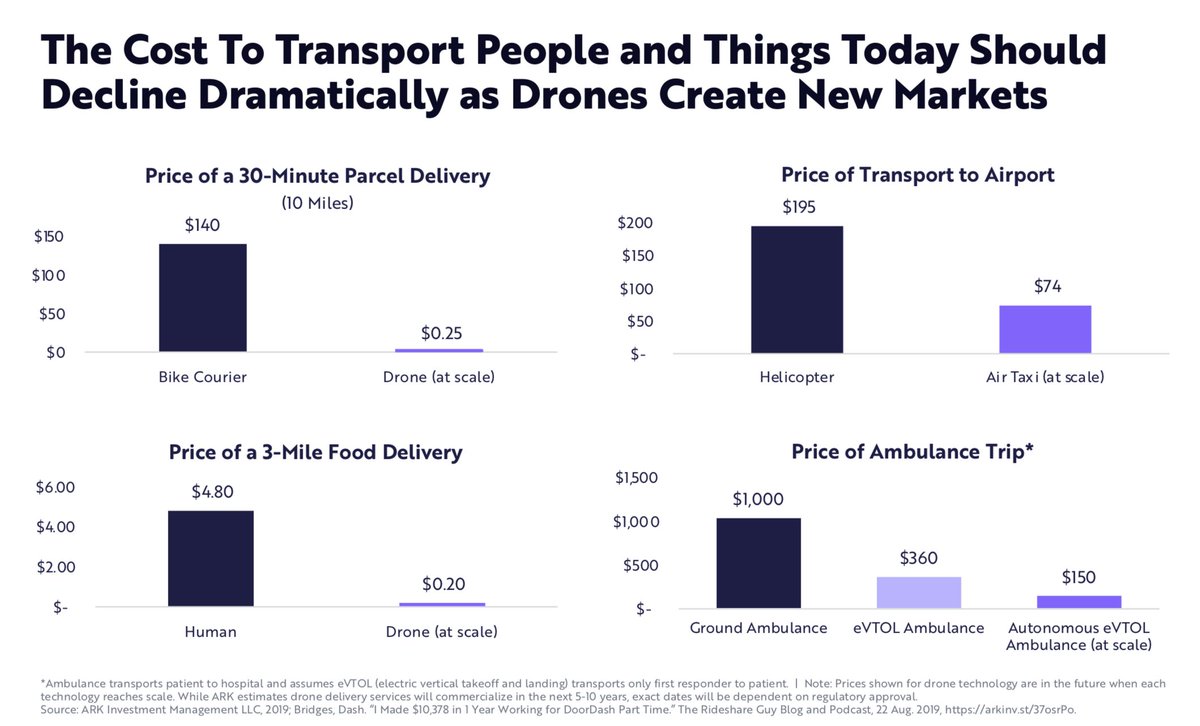
1/ Most tech companies are horizontal platform companies, but a few exceptions stand out—Apple, Tesla and Netflix are all vertically integrated.
2/ Apple integrates hardware, SoC, OS, applications, services, and retail. Key advantage: ability to move in lockstep. New hardware capabilities are translated to sw and use cases immediately. No need to wait for 'adoption'. eg. 64-bit SoC/OS/sw.
3/ Tesla integrates manufacturing, battery pack design, hardware, OS, apps, AI chip, software, retail, supercharging. Key advantage: go-to-market speed, differentiation on 'use case' rather than specs. eg. long distance trips via supercharger.
4/ Netflix integrates content creation, content distribution, and software. Notably, Netflix almost integrated hardware (Roku) but decided to spin it out. Key advantage: differentiation, cost reduction, less reliance on suppliers. eg. Stranger Things 

5/ Vertical integration is especially hard to imitate. Your competitors can't just copy one aspect of your business, they have to copy the whole stack. This may help explain why there's only one Apple, one Tesla, one Netflix.
• • •
Missing some Tweet in this thread? You can try to
force a refresh






